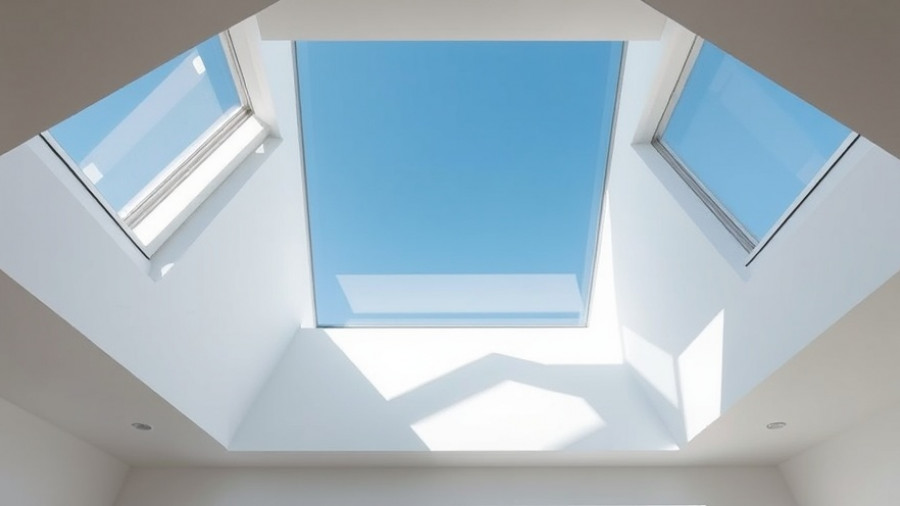
Is Now the Time to Buy Property? Understanding the Market Cycle
For many aspiring homeowners in London, the question of whether to buy property in 2026 or to wait until 2027 is causing considerable concern. With fluctuating prices and whispers of economic downturns, it's only natural to approach investing in real estate with trepidation. However, the fear of purchasing at the wrong time can lead to missed opportunities. The conversation initiated in the video, “Should You Buy Property In 2026 Or Wait Until 2027?”, provides a foundation to explore these critical decisions.
In 'Should You Buy Property In 2026 Or Wait Until 2027?', the discussion dives into key insights about the property market, prompting us to explore the implications of timing and strategy for young homeowners.
Deciphering the 18-Year Property Cycle
The 18-year property cycle, developed by economist Fred Harrison, suggests a predictable phase of market activity, including periods of growth and decline. History has shown that this cycle can be a useful framework for understanding potential future trends. According to the theory, we are nearing the peak before a possible downturn. Yet, it's important to acknowledge that not every cycle behaves predictably; unforeseen events such as pandemics or wars can drastically alter outcomes. While the cycle offers insight, it should not be the sole determinant of timing when considering a property purchase.
Costs of Waiting: A Life Lesson for Investors
When contemplating the option to wait, it’s crucial to consider the financial implications. For example, those who hesitated to invest in 2012 may have missed out on significant capital growth, which could have totaled over £100,000. In a post-COVID world, similar fears may prevent prospective buyers from seizing opportunities amid a recovering rental market. Waiting could lead to greater losses than buying too early, making it vital to weigh the costs of inaction against potential rewards.
Spotting Opportunities in a Fluctuating Market
Current market conditions indicate that while prices may not be soaring, the landscape offers unique buying conditions. Signs of a stabilizing market can present a fruitful time to invest. The spontaneous nature of real estate means that prospective buyers should be prepared to act when they see sensible deals. Waiting for the ‘perfect’ moment often translates to missed chances. Indeed, many successful investors are characterized more by their consistency and ability to act sensibly than by any extraordinary luck.
Balancing Risks and Rewards in Property Investment
Embarking on the property ladder inherently involves risk, but these risks can be mitigated through thorough research and a strategic approach. Understanding purchasing cycles and the sentiments existing within the market landscape will aid young homeowners in making informed decisions. By diversifying investments and being proactive, enthusiasts can enhance their chances of maximizing returns over time.
Actionable Insights for Prospective Buyers
Before stepping into the real estate market, it’s vital for younger homeowners to equip themselves with knowledge and skills that make them savvy investors. Resources such as property investment toolkits can offer invaluable guidance in running numbers and structuring deals. Furthermore, tapping into community forums and seeking advice from experienced investors can provide perspectives that challenge the usual assumptions about timing and strategy.
Conclusion: The Path Forward in Property Investment
Navigating the property market can be daunting, particularly for young homeowners in London who are balancing multiple priorities. While the urge to wait for calmer seas is understandable, the data suggests that these moments may never arrive. Instead, adopting a forward-thinking mindset, rooted in evidence and community support, can yield positive results for prospective buyers. As you ponder your next move, asking the right questions and accessing local resources could mean the difference between missing out and stepping into the home of your dreams.
If you’re ready to dive deeper into property investment strategies and want to make informed next steps, start by downloading our free property investing toolkit. It’s designed to guide you in navigating your investment journey successfully!
 Add Row
Add Row  Add
Add 




Write A Comment